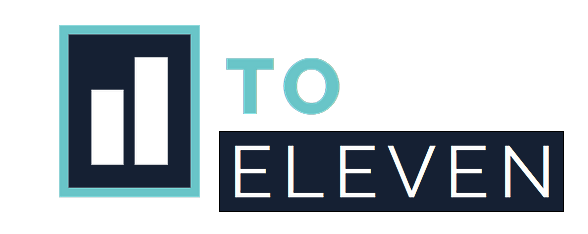Five Things to do Before You Design Your Course
Thinking about developing a course? Good learning experience design requires us to know how learning works and how to apply those principles in multiple contexts.
Doing some upfront thinking about your learning design can save you a lot of time and help you create an course that really helps people learn!
Things to Think About Before You Start Creating Your Course
1. What is the best way to teach someone [what you want to teach them]?
People often ask me, what’s the best way to teach a particular skill or concept? The answer is always: It depends! It might be nice (but not very interesting) if there were a single, optimal instructional approach for teaching someone how to juggle, change a tire, or solve fractions problems; or one formula for maximally motivating all students to learn how to read more effectively. But there isn’t a one-size-fits-all solution for teaching and learning. Learners aren’t all starting from the same place. The context in which they are learning is not the same. Learners have different prior knowledge and experience, values, degrees of self-efficacy, emotions, sense of belonging, interests, and learning needs. And of all these things are important! Which leads up to point #2…
2. The same strategy or technique doesn’t work for all learners, in all contexts, and at all times. Nor is the same strategy or technique appropriate for the same learner at all points during their learning journey.
As we learn, our needs change. What does not change is that we, as educators, trainers, and leaders, must always keep in mind how learning happens (not how we wish it happens) so we can more effectively create and adapt environments that support learning and growth for everyone.
3. Given points 1 and 2, there are three key things to keep in mind:
There is not one go-to solution for every teaching situation. Understanding this prevents us from putting too much weight on one strategy.
Content and pedagogy interact in different ways. Some things may be more or less relevant for you, and your workplace, and your particular training modality.
A pedagogical tool is only as good as its implementation.When we think about starting it helps to ask ourselves: What are the things which could potentially get in the way of a student starting a learning endeavor?
4. You bring huge value to the equation and we mustn’t forget that!
Never forget the value that you, the educator, the trainer, the expert, bring to the learning environment. It may seem obvious, but sometimes it’s forgotten. Training and learning experiences of any kind aren’t just content delivery mechanisms or fire-hoses of information.
If they were, they wouldn’t need you—the educator or the trainer!
Photo by Kenny Eliason
5. If your course is online (either live or pre-recorded), try to replicate all the great things you would do in-person.
Just because you’re teaching online doesn’t mean you should abandon all the great things you would do in person (assuming that what you’re doing is aligned to best practices in teaching and learning!). If you wouldn’t do something when teaching in front of a class, don’t do it in your online course.
Adapt and accommodate to the new context. Ask yourself: are there things missing from your online course that you would be saying or doing or explaining in person? Pay attention to those things and make sure they are not lost. Do your best to make up for all of the engagement, picking up on cues, and encouraging active involvement that exemplifies the in-person teaching experience, but often gets lost in online courses. A live online course more closely approximates an in-person course than does a pre-recorded self-paced course, so you will likely need to make more or different adjustments in the latter situation.



